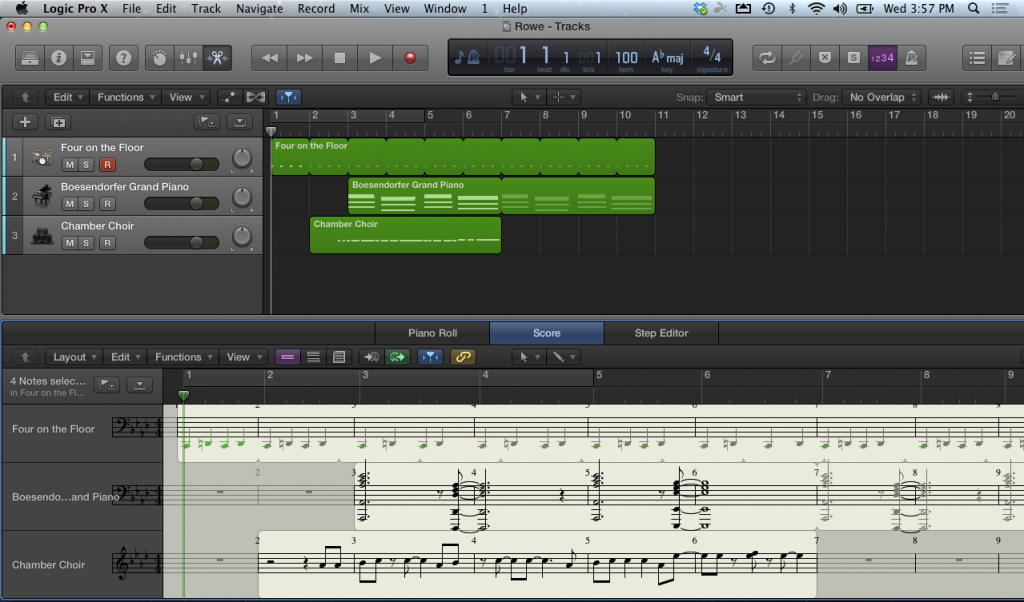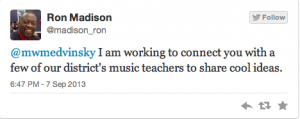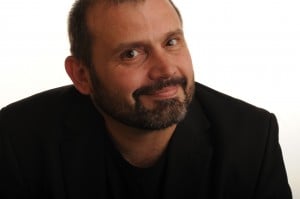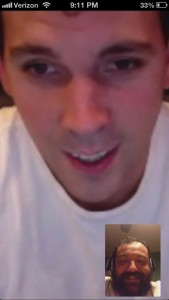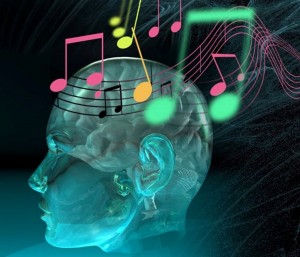
Making Thinking Audible
I have had the honor of hosting Harvard University’s Dr. Ron Ritchhart, principal investigator for the Cultures of Thinking Project and senior research associate for Project Zero in my classroom twice this year. I met Dr, Ritchhart in Clarkston, MI when I was attending the Cultures of Thinking teacher leadership cohort in 2012. Cultures of Thinking (CoT) are places where a group’s collective as well as individual thinking is valued, visible, and actively promoted as part of the regular, day-to-day experience of all group members. Learn more here.
CoT is supported by Making Thinking Visible (MTV), a book written by Dr, Ritchhart. Visible Thinking is a research based approach to teaching learners to become metacognitive. The book offers thinking routines which provide a framework for learners gathering thinking in different ways. These thinking routines are designed to bring the focus to the process of looking closely, thinking deeply, digging deeper, wondering about possibilities, and perspective taking. The thinking routines are not lesson plans, rather they focus on approaches to experiencing the world. I use thinking routines in the music room. It has changed our culture in the way musicians talk about their own thinking, other peoples’ thinking and the way musicians organize sound and silence. This year we are using the Headlines routine when sharing our thinking on our class Twitter account. I have witnessed the changes in learners’ thinking dispositions since supporting our thinking with thinking routines. I have written my own thinking routines that better meet the needs of the musicians who visit my classroom. “What’s Muddled” is a thinking routine I co-created with my previous principal and think partner Kristy Spann (@KristySpann). This routine was written with the revision process in mind. I used Nearpod to gather the musicians thinking. This routine helps focus the musicians’ reflection on their performance and musical decision making on what specifically didn’t come through as clearly as expected. These decisions inform their time revising process before their second iteration of the performance for the class.

Reflecting after performance
The more I continue to think about the authentic processes of being a musician and the shift in culture after beginning Making Thinking Visible, my thinking has changed. This looks (sounds) different in a music room. I consider the musical experience “Making Thinking Audible“. The way that musicians bring the focus to the process of looking closely, thinking deeply, digging deeper and wondering about possibilities is with sound, silence and the way we organize them. I teach Music Workshop. Musicians are listening, performing, creating and reflecting with sound. It gets loud and chaotic at points. That’s okay. There is a structure to the chaos. Learning is messy. In my classroom, learning is loud. There is no other way for musicians to experiment, think, compose, revise, collaborate, and perform without working with sound, loudly.. This can be done digitally with digital instruments, iDevices, JamHubs and headphones, which will quite the room down, but the audible thinking is still there in the headphones.
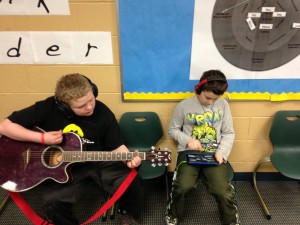
Create a digital/acoustic hybrid environment
When musicians are Making Thinking Audible, they are drawing from their prior experiences while constructing new understandings in-the-moment, reacting to the sounds and making decisions simultaneously. Similarly to CoT and MTV, the thinking needs to be collected, documented and reflected upon. It is generative. Our thinking cannot be written down on a sticky note and posted on an anchor chart. I am not referring to music notation, I am recommending capturing audio and/or video recordings of performances and compositions and reflections. This can be done transparently with an app called Three Ring.
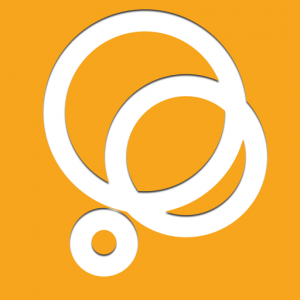
Three Ring
Making Thinking Audible is a way to focus on the authentic processes of being a musician while supporting the way learners think in music. There is a difference thinking about music and thinking in music. When you think in music, you are iterating with sound. This requires marshaling the cultural forces in a way that supports this culture.
- Provide time for musicians to play (experiment with melody, timbre, orchestration, etc.) This is where I think about depth verse breadth. The more rich the musical experience, the deeper the their connections become.
- Design opportunities for musicians to listen, perform, and create music alone, in groups, on acoustic and digital instruments. Consider “Informances” where the musical experiences in the classroom can be transferred to the stage. The musicians explain their understanding to the audience and model the process of musicianship. This is an opportunity for parents and administrators to have a doorway into the process. Shifting the focus from product to process.
- Create routines and structures that are a part of the classroom culture. In my classroom, the musicians have shared understandings that we collaborate with other musicians to perform and create original music. The instruments are chosen by themselves and their ensembles and bands.
- Choose your language to foster a growth mindset and understanding that we are all on a continuum of understanding. Using language such as “I don’t know what chord to play…yet” or “my thinking has changed because…” or “what makes you say that?” Language can also be music and melody. There are many times where I may demonstrate and model something like improvisation without words. I answer learners verbal questions with melodic answers. Making my thinking audible.
- Creating a culture where the learners and teacher are co-creating their understandings is essential in a CoT. Interactions and relationships are the scaffolding of this culture. Without a supportive risk-taking environment, the other cultural forces suffer.
- Create a physical environment where musicians can collaborate and create within the same room comfortably.
- My expectations for learners is that we are supportive musicians that are furthering our understanding of the dimensions and metadimensions of music. Everyone learns differently and creates music in their own ways. We expect that our thinking is valid and multiple perspectives are honored. Our music has a purpose. We are all on a continuum.
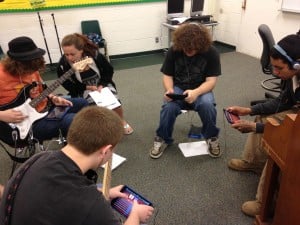
Divergency in the ways musicians show understanding
Dr. Ritchhart traveled to London, England after he left my classroom. I am looking forward to debriefing with him about his observations. This is quite a reflective time for me as an educator. I would also like to share my thinking about Making Thinking Audible with him.
Does you classroom look/sound like mine? Is that supported by learners, colleagues and administrators? Please share your stories.

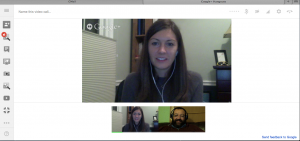





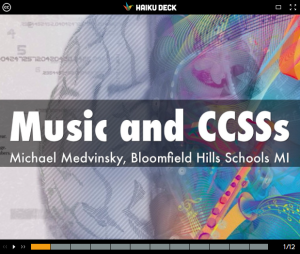
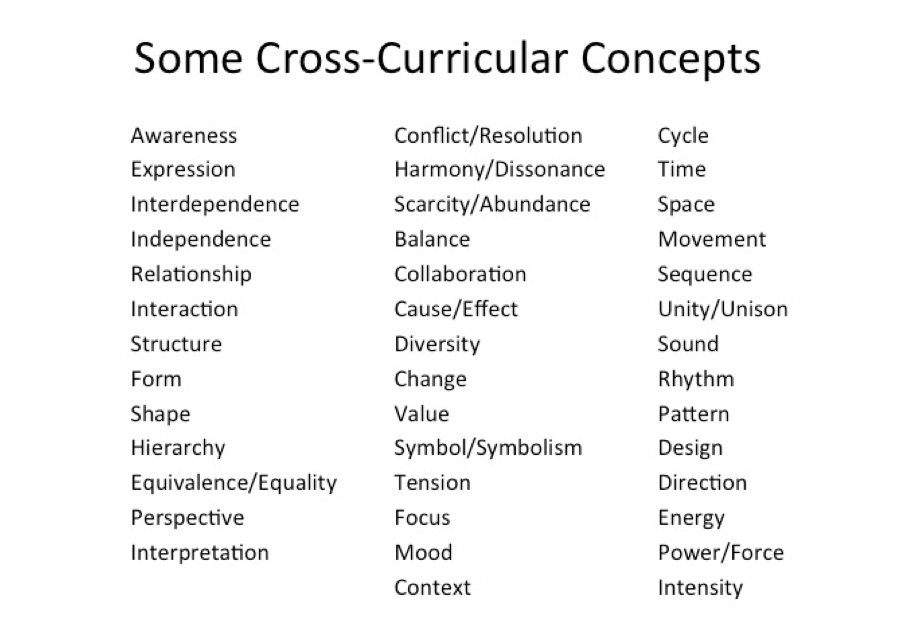
 If you would like to initiate conversation with colleagues or administrators, process connections may be a good place to start. There are so many processes we have in common.
If you would like to initiate conversation with colleagues or administrators, process connections may be a good place to start. There are so many processes we have in common.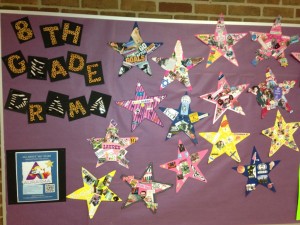

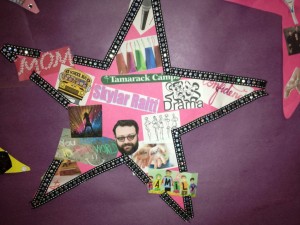
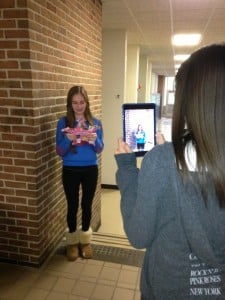
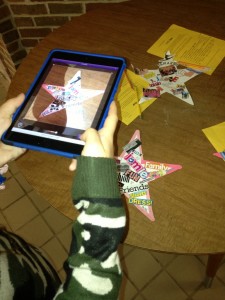
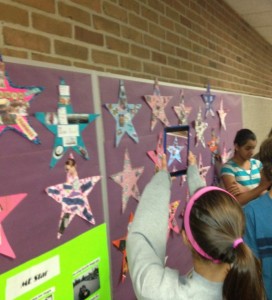

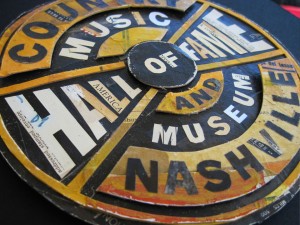
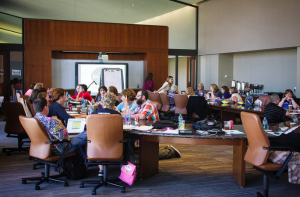
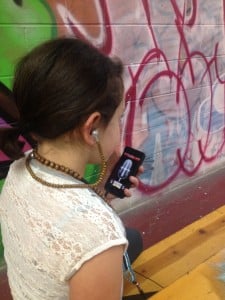
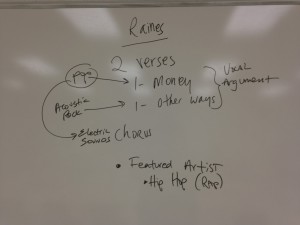 Two verses (verse 1 is about being rich with money, and verse 2 is about being rich in other ways), then chorus and of course a featured artist who will rap. The musicians decided that the verses should of contrasting genre because the lyrics are contrasting as well. Verse 1 will be pop and verse 2 will be acoustic rock, with the chorus being pop plus electric sounds. (Pretty sophisticated plan for their piece.) We began brainstorming lyrics. Please pay close attention to the way the musicians show beat and style through their body language to one another. We haven’t created any of the rhythm, melody, or harmony yet.
Two verses (verse 1 is about being rich with money, and verse 2 is about being rich in other ways), then chorus and of course a featured artist who will rap. The musicians decided that the verses should of contrasting genre because the lyrics are contrasting as well. Verse 1 will be pop and verse 2 will be acoustic rock, with the chorus being pop plus electric sounds. (Pretty sophisticated plan for their piece.) We began brainstorming lyrics. Please pay close attention to the way the musicians show beat and style through their body language to one another. We haven’t created any of the rhythm, melody, or harmony yet.